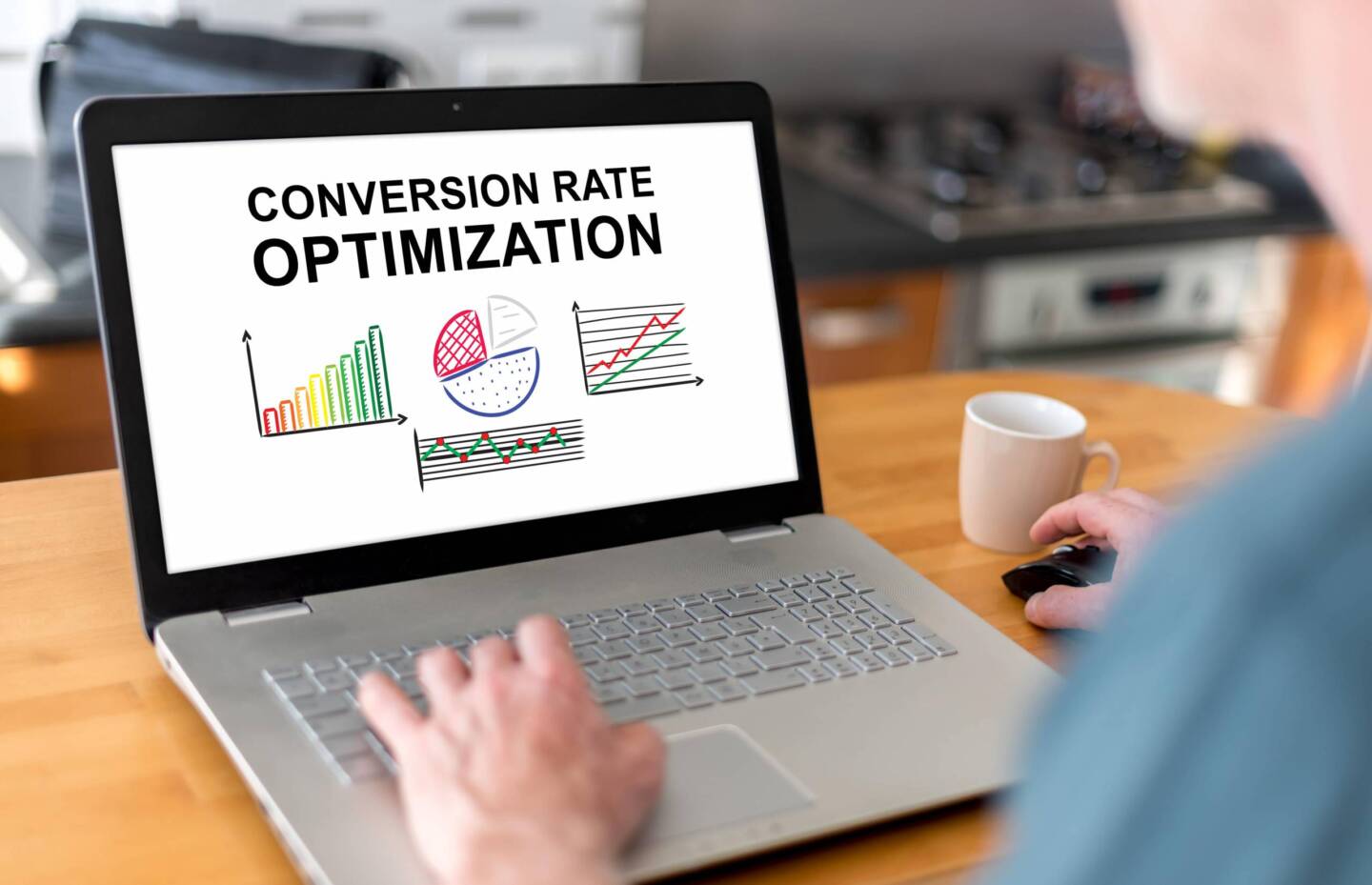
Product metrics – commitment [overview]
Collecting data and their proper analysis allows you to learn about user behaviour and its impact on the business. Below, you will find a list of the most important product metrics related to the engagement aspect, along with an overview of them.
The guest author of the list is Michał Witkowski – Product analyst, team builder, psychologist, researcher. Since 2010, he has been dealing with the measurement and analysis of human behaviour, first at the university and then in business.
D1 cohort retention
A metric expressed as a percentage that allows you to determine how strong the first impression the product makes on the users. Not very useful for business applications where users have no choice between using the application. When reporting for longer periods of time, such as a month, usually the average for all days or the weighted average is given (weight is the number of new users on a given day).
D1 cohort retention = Users who used the product the day after first use / All new users the day before
In other words: what % of users returned the day after using the product for the first time?
D3/7/28 cohort retention
A percentage metric that measures medium-term (D3/7) and long-term (D28) commitment to a product. Not very useful for business applications where users have no choice between using the application. When reporting for longer periods of time, such as a month, usually the average for all days or the weighted average is given (weight is the number of new users on a given day).
D3/7/28 cohort retention
Users who used the product 3/7/28 days after first use / All new users 3/7/28 days before.
Simply put: what % of users came back 3/7/28 days after using the product for the first time?
Total sessions
Total number of sessions made by all users in the selected period. A session is understood as an episode of using the product, defined as a sequence of recorded activities, with a pause of no more than 30 minutes between two consecutive activities.
Total sessions’ duration
Total time of all sessions made by all users of the product for the selected time period. Session time is the interval between the first and last recorded activity during the session.
A metric showing the total time spent by all active users on the product. A session is defined as an episode of using the product, defined as a sequence of recorded activities, with a pause of no more than 30 minutes between two consecutive recorded activities.
Average sessions duration
The amount of time a single user spends on average per session. You can think of this metric as the attention budget that we have to use for a single user visit to the product. The mean is easier to calculate, but the median and selected percentiles should be used whenever possible (usually 10, 25, 75, 90).
Average session duration = Total sessions’ duration/Total sessions
or Average session duration = Median session duration
Daily sessions per active user
Number of sessions, i.e. daily interactions with the product. It tells about how strong the habit of using the product by users is. Note that the minimum value for this metric is 1, not 0.
Daily sessions per active user = Total sessions/DAU
Daily user engagement
The metric is relatively rarely used due to the complicated implementation, but very useful. The total attention budget we get from the user on one day. Whenever possible, it should be reported using the median and selected percentiles (usually 10, 25, 75, 90).
Daily user engagement = total sessions’ duration / DAU or Daily user engagement = median of Total session duration for a single user
Weekly product adoption
A metric that can only be calculated in the context of a subscription model, calculated for a single customer. Its decline often heralds the departure of the client, which can be used to prevent some churn.
Weekly product adoption = Number of active users / number of paying users
Product feature usage
It is worth counting it separately for several key functionalities
in the product. Usually it is calculated for days or weeks, less often for months, depending on how often the functionality should be used to bring value to the user. Very useful for analysing the behaviour of new users.
Product feature usage = number of users who used the selected functionality / number of active users who had access to this functionality.
Key actions per session
Key Actions are the most important things a user can do to derive value from a product. Most often used in the analysis of the behaviour of new users, it allows assessing how useful the product is for them.
Key actions per session = Total number of key actions performed by active users / Total number of sessions
Finally, bonus metrics that do not match any other statement:
App store rating
Average app rating in the app store. Usually given in a week, month, or total product life.
Website loading time
The selected percentile (usually the median and 95th) of the loading time of the website that contains the product. Possible to calculate only for website products (e.g. e-commerce store). The median shows the typical user experience on page load, high percentile especially bad user experience on page load. Both values are important when studying the impact of page load speed on user experience.
Udostępnij



